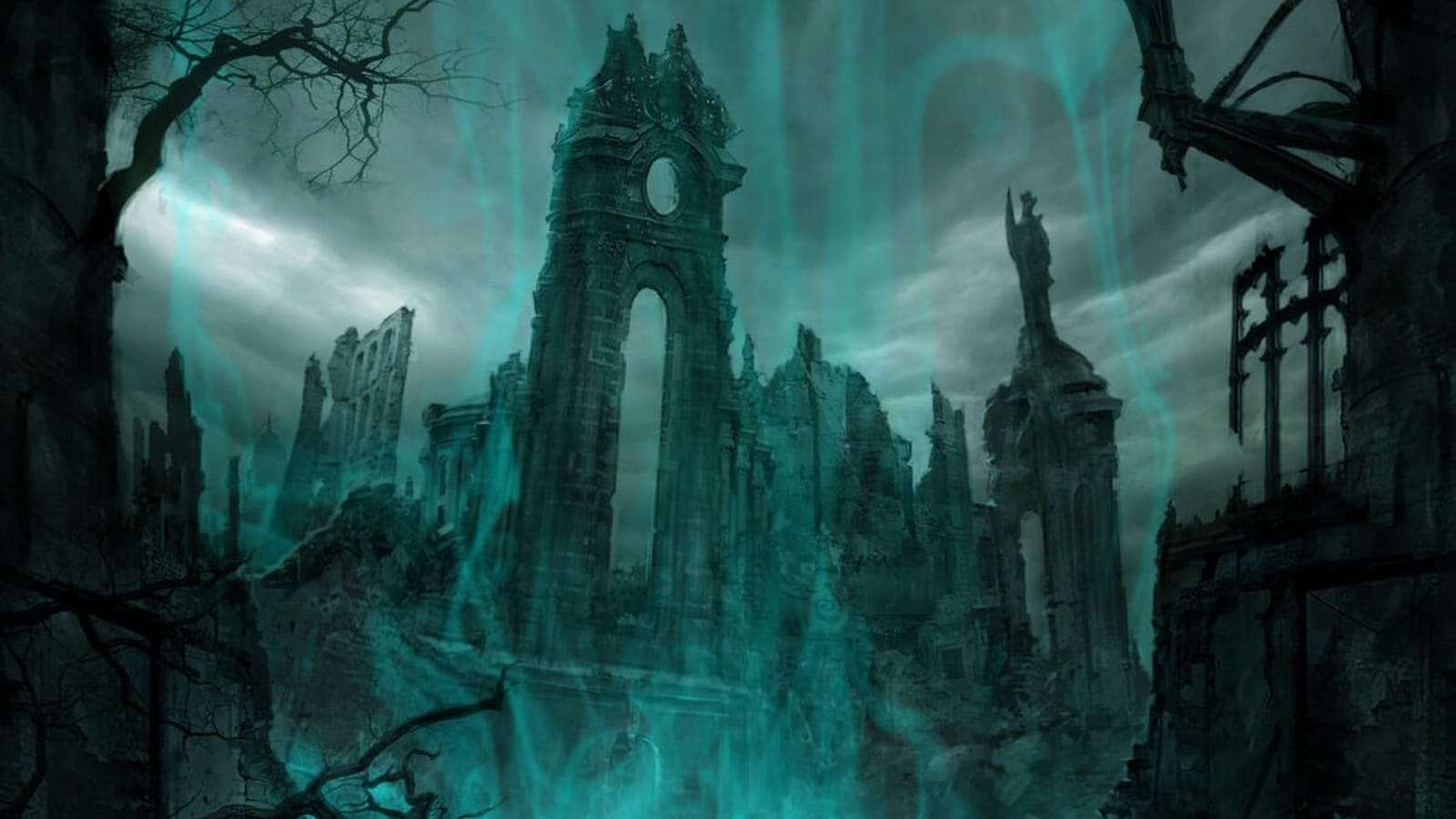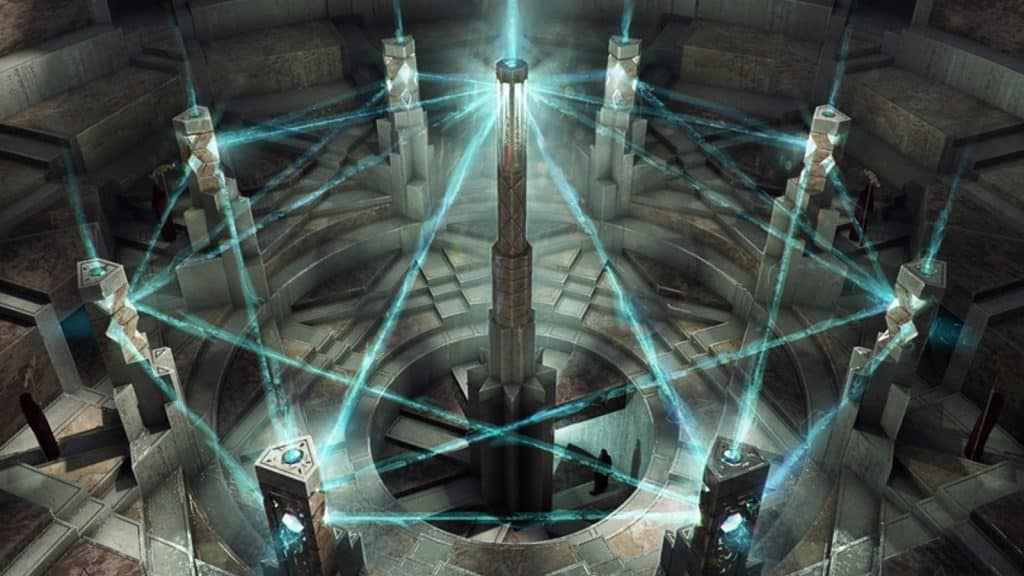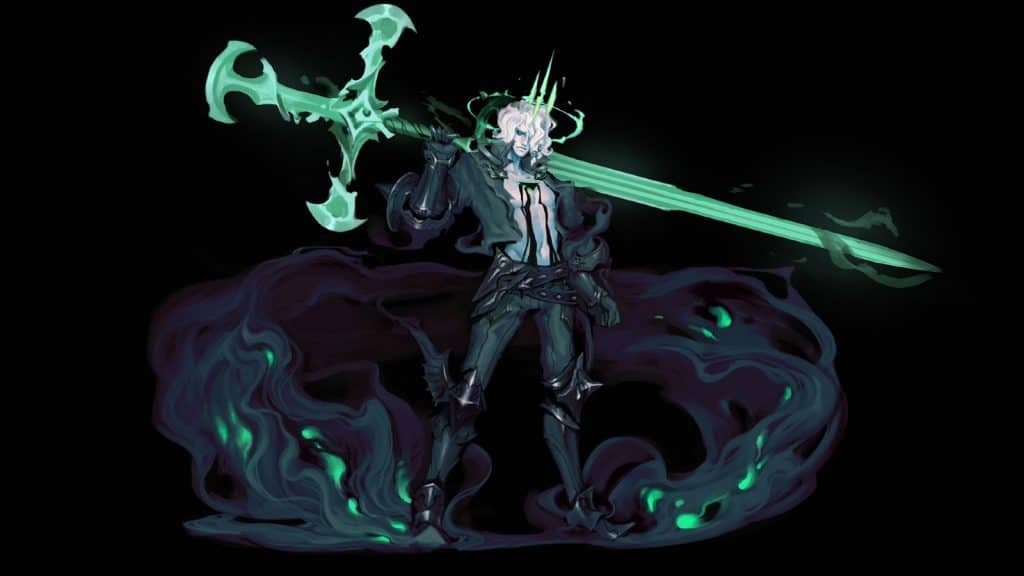Ruination step in right direction for Riot’s underserved League of Legends lore
 Riot Games
Riot GamesRiot Games have taken plenty of wrong turns with their handling of League’s rich and varied lore — but their new novel Ruination finally feels like a commitment to doing things right.
For as long as League of Legends has existed, Riot Games have never been able to get its lore quite right.
The world of Runeterra — in which League of Legends, Legends of Runeterra, and Wild Rift take place — is one of the most incredibly diverse and literarily interesting worlds I’ve ever seen in fiction. It features a combination of innovative cultures, magic systems, religions, and political intrigues which are much more suited to a fictional fantasy universe than video game lore.
And it’s been consistently mishandled and ignored by Riot since League’s release.
Lore had been drip-fed to players through short stories, cinematics, and skin lines. But there’s never really been a cohesive collection and history of the events of the League timeline. Attempts at bringing some life to the characters in the game have been scattershot, and muddied by League’s multiple ‘alternate universes’ which are added to the world with every new skin line that is released.
The original story of Runeterra, and the countless empires, rulers, and conflicts within it, has been essentially lost.
Until 2021, and the release of Emmy-award winning Netflix series Arcane. Arcane tells the story of the modern days of Runeterra, and of the conflict in one of its most important cities. But Arcane is Runeterra’s recent history, a city born from years of suffering in the great Rune Wars.
What came before Arcane? Well, that would be the Ruination — the subject of League of Legends’ first official novelization.
What is the Ruination?
The Ruination a defining event in the history of Runeterra. It kickstarted the Rune Wars, which in turn were responsible for the resurgence of civilization in Runeterra and the birth of Noxus, Demacia, Bilgewater, and Piltover. It was the inciting event for so much of what we now understand the lore of League of Legends to be.
But despite its importance in the lore, it only received its first in-game event in 2021 to introduce two new champions to the game — Viego and Gwen. This in-game event for League was one of the game’s biggest… and least successful.
Youtuber Necrit explains the issues with the Ruination event much better than I could — but in short, it tried to do too much with too little and ended up completely ignoring a lot of pre-existing characterization that had been set up in Riot’s previous attempts at lore building.
And so when it was announced that League’s first novel (something I’d been waiting for for years) would be focused on the Ruination event, I was skeptical. Not only had the recent event left a bad taste in my mouth, but I was frustrated that the novel would be focusing on a character who’d only been released the previous year.
While I still think there are other events that could have been better served by novelization, I’m genuinely impressed with what Riot have managed to do with Ruination. Its characterization is solid, its worldbuilding is excellent (if a little restricted), and it sets up multiple potential future storylines for Riot to look to for future books.
A well-built world
 Riot Games
Riot GamesBuckle up — we’ll be getting into spoiler territory from hereon out. And bear in mind that this is all written from my own perspective as a reader. Something that didn’t work for me may very well work for you, and vice versa.
With that disclaimer out of the way: Ruination is genre fiction through and through. It’s political high fantasy that doesn’t break character to wink at the reader in a way I’ve come to expect from a lot of adapted media, and author Anthony Reynolds does an excellent job of building an authentic and immersive world in a very limited timeframe. The two main settings of Ruination are Helia and Camavor, and they both feel like real, tangible cities.
There are moments where some aspects of the story aren’t particularly well explained (why are we talking about runic magic when I have no idea what a rune is in the context of this world?), but in general it lays the groundwork well for building the world of Runeterra.
An impressive roster of champions
 Riot Games
Riot Games There are also some excellent cameos from League of Legends champions that provided just the right amount of fanservice without pulling me out of the story. The world feels immersive, and the political stakes of the matter at hand are made apparent from the get-go.
Despite being given the most needless and irrelevant love interest I’ve ever seen (one day we will be able to have a strong female character without needing to give her someone to fawn over) Kalista is an excellent protagonist for this novel, and as one of the characters who doesn’t often receive a lot of love in League of Legends it was refreshing to see her portrayed so well here.
Viego is the perfect foil to her — he is arrogant where she is proud, he is childish where she is wise beyond her years, he is weak where she is strong. He is also completely and utterly insufferable, but in a way that is clearly by design.
However it is neither Kalista, nor Viego, nor any of the other host of Camavoran military royalty that makes this novel what it is. Ruination’s best character is the character with whom the story opens — Warden of Helia, Erlok Grael.
I won’t spoil Erlok’s story for those who don’t already know it, but trust me when I say that if you need one reason to read Ruination, make it Erlok Grael. He’s a conniving, scheming, sniveling coward of an antagonist who is one of the most hate-able characters I’ve had the misfortune of coming across. He wreaks destruction for the sake of his injured pride, and he is Ruination’s perfect villain.
But should I read it?
Ruination isn’t without its weaknesses. The plot has a habit of being a little rushed. Kalista’s romantic subplot feels like it has no reason to be there. There are certain parts of the world that go completely unexplained in the hopes that readers will already have a knowledge of League’s lore.
But it’s a solid start for any future plans Riot might have in the novelizations of their lore. It sets the foundation on which a literary world could very easily be built — and quite aside from any plans for Riot’s future, it’s just a very good novel.
I’d highly recommend it if you’re a fantasy fan, whether you have a pre-existing knowledge of League of Legends or not. And if you do know League, then I can’t recommend it enough. It’s a different experience to Arcane, but one that is no less enjoyable for a diehard League player.